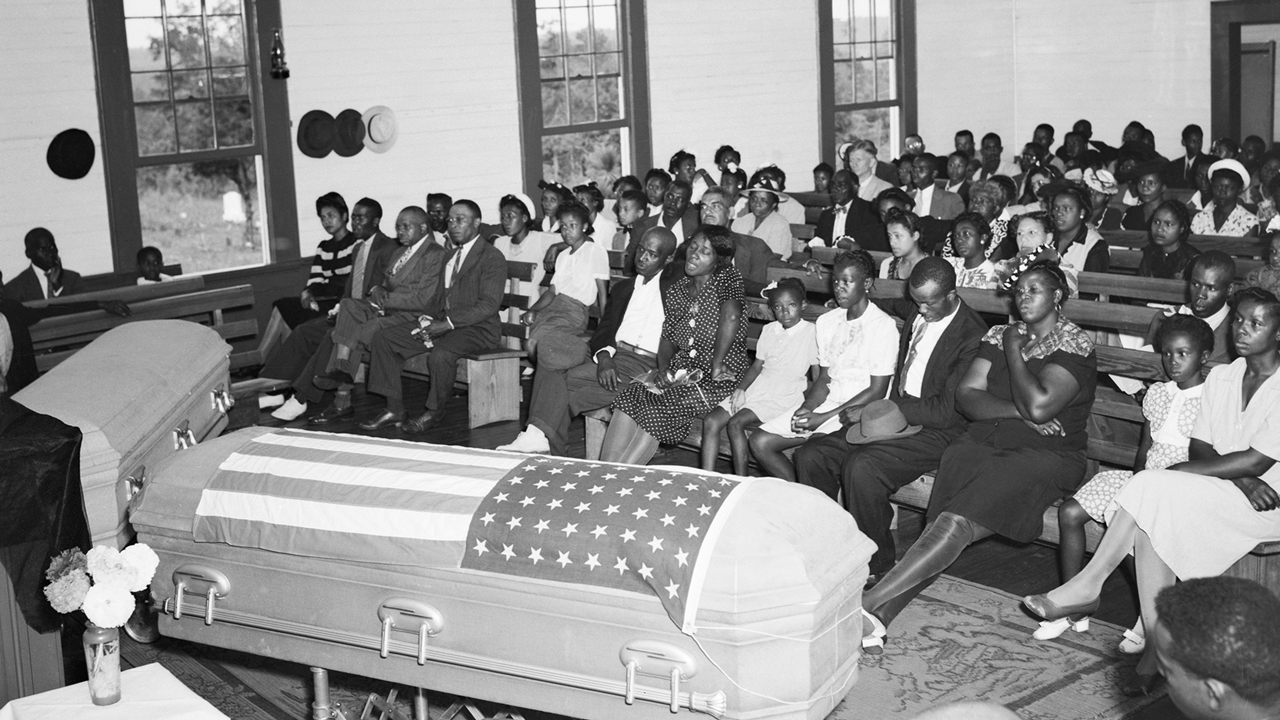Within a few hours of bonding out of jail in Walton County, Georgia, Roger Malcolm found himself, his wife and two fellow farm hands surrounded by a white mob.
The group, driven by their employer, Loy Harrison, was taken from a car at the Moore’s Ford Bridge between Walton and Oconee counties, tied up, shot and killed.
The July 25, 1946 slayings went unsolved, despite multiple investigations immediately after the killings and decades later, as witnesses came forward with new details and stories.
Suspects were identified, property was searched and weapons were seized over the decades, but many thought to have participated had died, witnesses wanted to move on or refused to cooperate, evidence was lost and secrets were taken to the grave.

The FBI and the Georgia Bureau of Investigation officially closed case on Monday, Jan. 29, never having charged or convicted anyone in the deaths of the four black people killed: 24-year-old Roger Malcolm, his 20-year-old wife Dorothy Malcolm, 28-year-old George Dorsey, a World War II veteran, and his wife, 24-year-old Mae Murray Dorsey.
The killings, often called the “Last Mass Lynching in the United States,” spurred President Harry S. Truman to push for a civil rights investigation, call for anti-lynching legislation and create the President’s Commission on Civil Rights.
The agencies released the investigative file, making public as possible a tale of racism, long-hidden Ku Klux Klan activities, small-town secrets and justice not delivered.
A dispute and a stabbing
Roger and Dorothy Malcolm got into a dispute with local white farmer Barnett Hester on a warm, dry evening as the temperature dropped from a high of 80 degrees on July 14, 1946.
For reasons that may be lost to history, the Malcolms were told to leave Hester’s property in an area then known as “Hester Town” near Madison, Georgia, amid miles and miles of farm land about an hour east of Atlanta at about 6 p.m. that day.
Tempers flared and Roger Malcolm stabbed Hester in the back with what witnesses described as an ice pick, delivering an injury that would plague him for the rest of his life.
“I know that Hester eventually died because he never got over the stab wound,” a cousin told investigators in 2001.
Hester family members grabbed and held Roger Malcolm while Walton County Sheriff’s deputies Lewis Howard and C.J. “Doc” Sorrells, the future sheriff, came to make an arrest.
Roger Malcolm went to the Walton County Jail, where he stayed for the next 11 days.
Two days later, a large group of white men met in Towler’s Woods, about three miles south of Monroe, Georgia down state Highway 1.
What, exactly took place at that meeting is unclear and investigators are unsure if it was used to plan what would come next. Investigators were told at one point the meeting proved fruitless because there were drunks and children in attendance.
But, investigators long believed the killings were planned in the area, but either didn’t find or failed to document proof of the theory.
Mob justice
Roger Malcolm appeared to catch a break on July 25, 1946. A judge had dropped his bond to $500, making it possible for him to get out of jail while he awaited trial for the stabbing.
As Malcolm, a clean-shaven man wearing a tired expression in the only known photo of him from the 1940s, walked out of jail, Hester remained in the hospital.
Loy Harrison went to the Walton County Jail that afternoon with Malcolm’s wife and the Dorsey’s in tow. Dorothy Malcolm was said to be anxious to see her husband. The Dorsey’s took the ride to shop at a nearby meat market.
Harrison, who in faded newspaper clippings appears to be a pot-bellied middle-aged man, posted the bond and told the Malcolms and the Dorseys he would bring them back to his farm, where the two couples were sharecroppers and farmhands.
Harrison didn’t go the most direct route home, but instead took them across the Moore’s Ford bridge between Walton and Oconee counties. Harrison would recount for investigators in 1946 how, as he approached the Oconee County side of the bridge over the Apalachee River, between 10 and 12 cars and 20 to 25 people blocked his way in either direction.
A ”tall, dignified looking man of about 65, wearing a broad-brimmed hat” led the mob to his car, Harrison told investigators in 1946.
“The leader looked like a regular businessman,” said Harrison, an early suspect in the killings who maintained his innocence for years.
First, the mob pulled Roger Malcolm from the car and said, “We want that n—–,” Harrison said.
Next, a member of the mob pointed to another of the passengers and said “We want you, too, Charlie’,” Harrison recalled.
Harrison, realizing they had identified the wrong Dorsey, replied “That’s not Charlie. That’s George.”
An armed man with a gun prodded Harrison and warned: “Keep your damned mouth shut. This ain’t your party.”

The two men were being marched off to some nearby woods when one of the women started calling out mob members by name. The leader of the mob, according to Harrison, turned and said “Git them women. Bring ‘em over here. They know too much.”
The two men were tied at the hands and ropes were put around the women’s necks. They were then shot with what investigators determined to be at least two different shotguns and multiple handguns enough times to make the bodies difficult to identify. Police later pulled bullets from multiple tree trunks.
Harrison told investigators a gunman took him to the bridge and held him there as he heard gunshots go off nearby. Once the shooting stopped, Harrison said, the leader of the mob stared him down and asked “Have you recognized anyone here?”
After Harrison said he didn’t, a member of the group recommended killing him anyway.
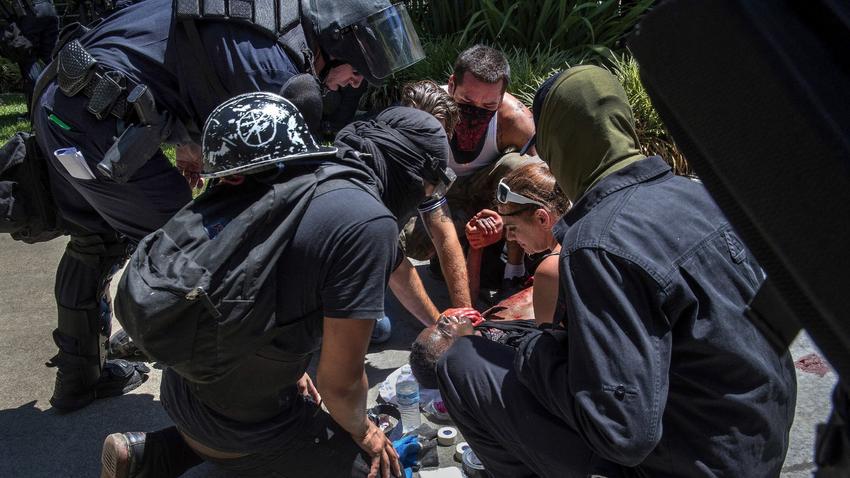
“Let’s shoot him, too, then there will be no evidence,” the mob member said.
Harrison walked away from the scene after the leader of the group stepped in and stopped any more killing, Harrison said.
Before leaving, the mob dropped the bodies of the Malcolms and the Dorseys into a shallow riverbed nearby where they would be soon discovered.
Lots of action, few results
The discovery of the bodies brought a routine local murder investigation, and also an offer of a reward from Gov. Ellis Arnall, a progressive Democrat who pushed for state civil rights. Arnall initially felt as if the case would be solved, saying, “15 to 20 of the mob members are known by name.”
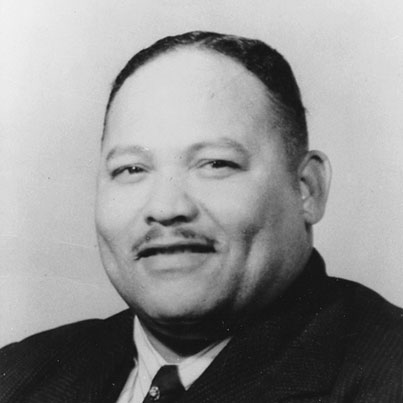
Arnall lost a bid for re-election to former Gov. Eugene Talmadge, a white supremacist who once declared that “nothing can be gained by giving equal rights” to black people. Talmadage had campaigned in Walton County not long before the attack.
Howard and Sorrells, the deputies who made the initial arrests, were tapped to handle the coroner’s investigations into the deaths.
“Although he may not have been sheriff at the time, Doc Sorrells ran Walton County,” retired FBI Agent George Dillard said.
The killings drew condemnation both locally and far and wide, with everyone from the Little Five Points Lions Club to Time magazine expressing dismay at the cruelty.
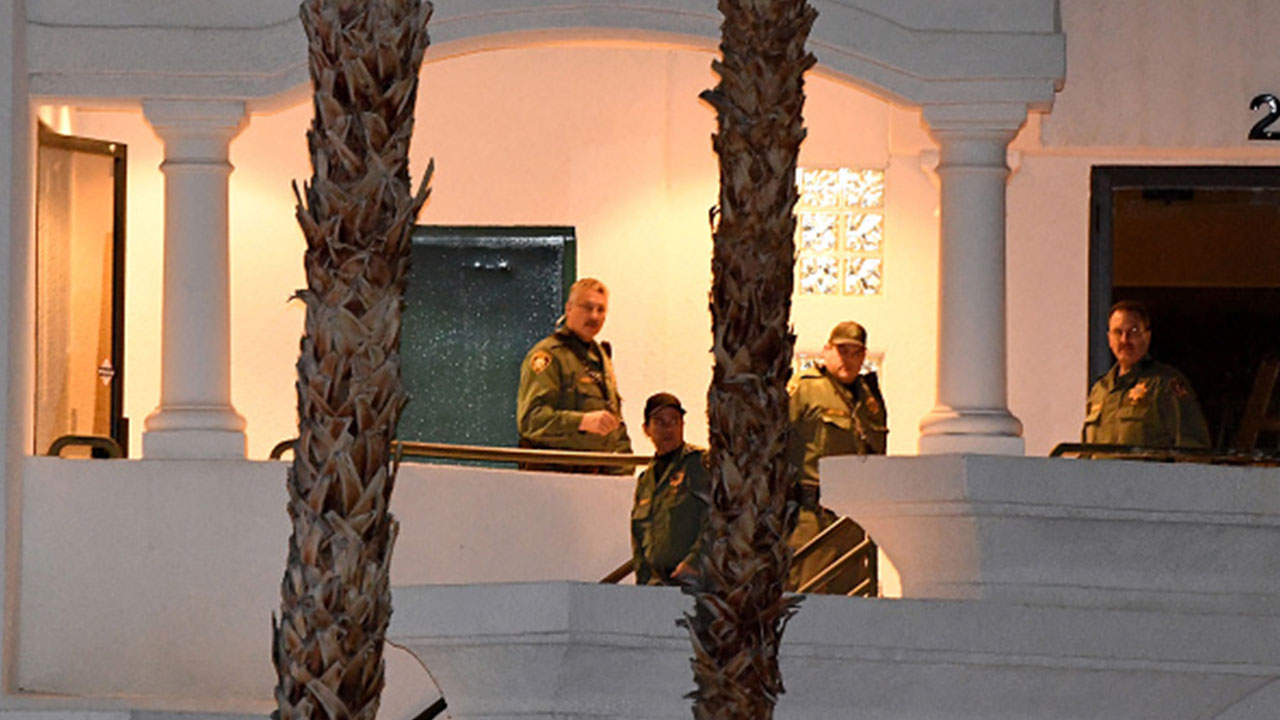
“It was a message,” former Georgia state Rep. Tyrone Brooks told the Southern Poverty Law Center. “This is what will happen to you if you vote.”
The case also caught attention of Truman and FBI Director J. Edgar Hoover. Dozens of FBI descended upon rural Georgia, conducting a civil rights investigation and looking into Howard and Sorrells, based on the allegation that they failed to protect Roger Malcolm.
A federal grand jury empaneled in Athens, Georgia, heard from witnesses but failed to produce an indictment. By the end of 1946, the probe fizzled.
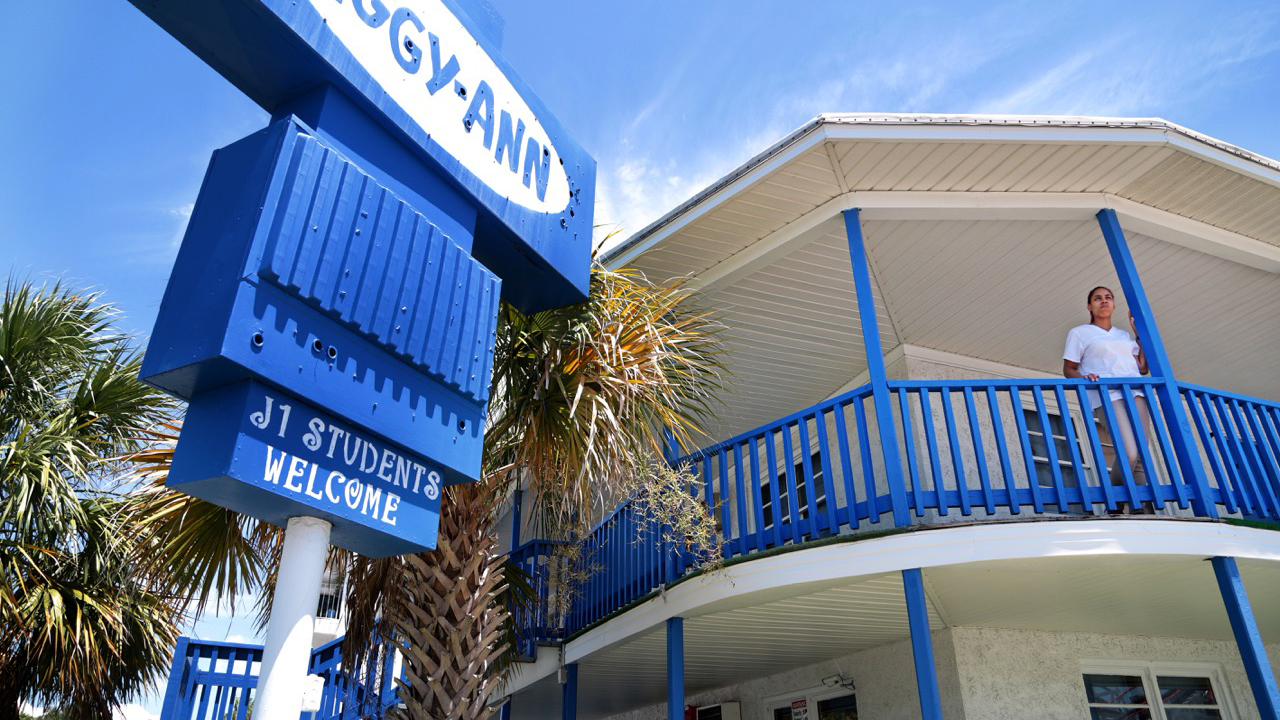
The best the grand jury could conclude was that the Malcolms and the Dorseys were shot multiple times “at the hands of persons unknown.”
“No one in the community would cooperate during the investigation thus conducted during a six-month period of time,” Dillard recalled in 1992.
When asked about the investigation in 1992, black World War II veteran Sidney Clark said many who lived in Walton County knew better than to speak with authorities then.
“Everybody was keeping their mouths shut,” Clark told The Atlanta Journal-Constitution. “The Jim Crow laws were in effect then, and they worked good.”
And, those known to have spoken to the federal grand jury paid a steep price. Two men were arrested for attacking and beating up Lamar Howard, a black employee of the local ice house.
Despite one man admitting he had beaten Howard to a pulp, a jury declined to convict.
The probe was also plagued by a lack of cooperation from local law enforcement, with Sorrells saying if the feds would leave, the case would be solved quickly.
Dillard recounted how, when he asked a Walton County deputy where the ropes used in the killings were, he got an unexpected answer.
“The rope is around the neck of that cow you see out in that field,” Dillard recalled the deputy saying.
And, the FBI ran into an issue with crime scene security. Souvenir hunters were everywhere, trampling an already difficult crime scene, running off with all manner of potential evidence and other items.

Donald Garrett, a Navy veteran just home to Loganville, Georgia, from World War II, was one of those souvenir collectors.
Garrett told the Georgia Bureau of Investigation in 2005 that he went to Moore’s Ford Bridge the day after the killings, eventually leaving with a human tooth pulled from a pool of blood at the site.
Garrett gave the tooth to the daughter of a local politician who, Garrett recalled, wore it as a charm on a bracelet around her wrist.
The tooth was never recovered.
Gone cold
The investigation remained open for decades after the grand jury disbanded, sitting mostly dormant for long stretches of time.
An anniversary of the killings would thrust it back into the public eye, as did the occasional new witness. But, much like the newspaper articles documenting the killings, memories faded over time, witnesses and evidence crumbled and blew away and small-town secrets became more entrenched.
In 1992, Clinton Adams told the FBI he witnesses the killings as a 10-year-old but kept quiet for almost 46 years because he feared for his life. Investigators couldn’t find corroboration for parts of Adams’ story, but the publicity spurred Georgia citizens in 1997 to create the Moore’s Ford Memorial Committee.
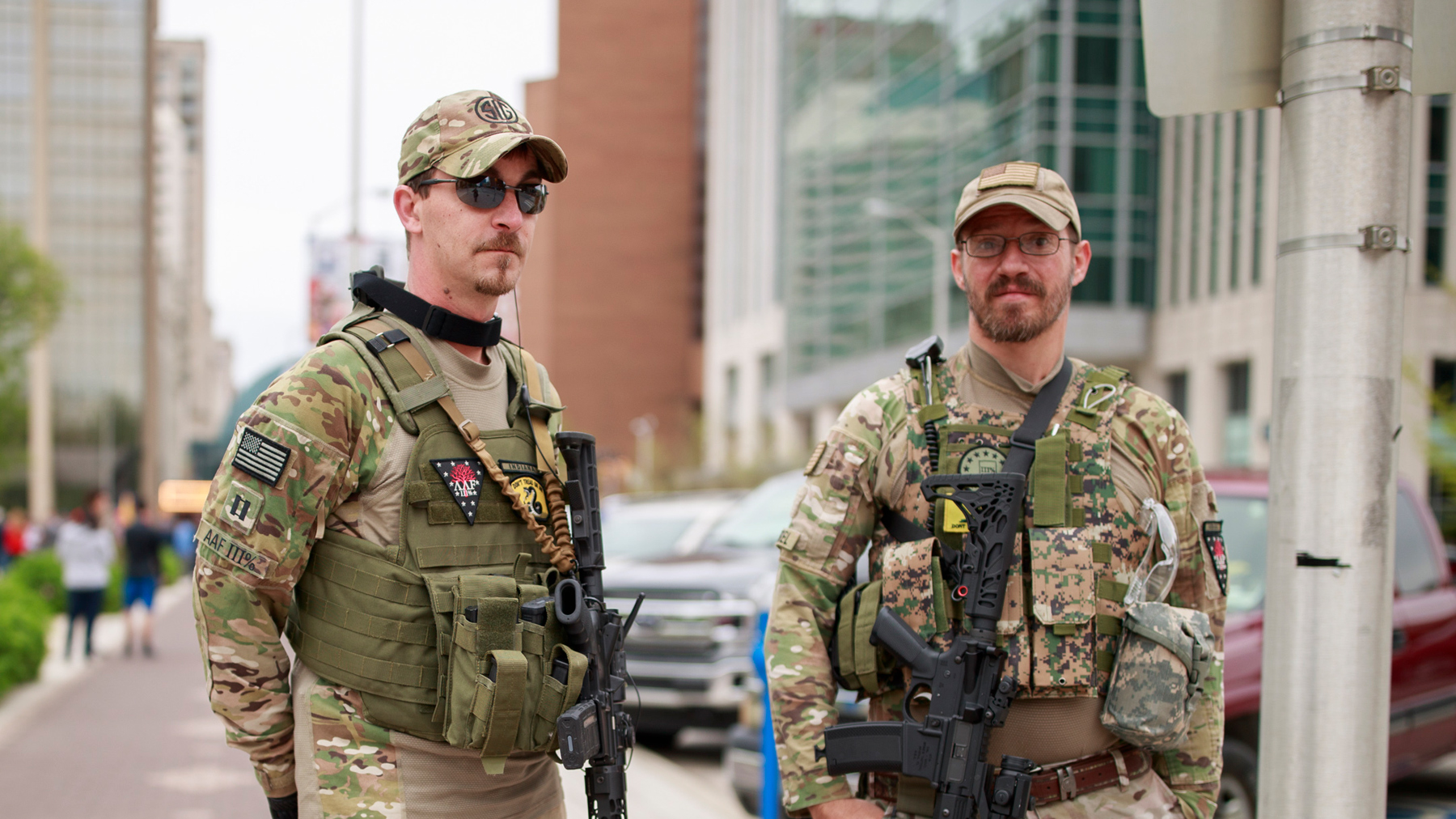
The group commemorated the lynching, worked for racial reconciliation, restored of cemeteries where the victims were buried, erected tombstones at the previously unmarked graves and set up scholarships in the names of those who died. In 1998 they held a biracial memorial service on the anniversary of the attack.
In 2001, then-Governor Roy Barnes reopened the case officially with the Georgia Bureau of Investigation. The renewed probe had fits and starts, sometimes drawing promising tips seeking the $30,000 reward attached to the case.
But, investigators frequently ran into issues of missing evidence, small town gossip, family secrets and uncooperative witnesses.
Georgia Bureau of Investigation Special Agent M.W. Pearson and other investigators set out in 2001 to see Charles Hester Jr., a relative of the man Roger Malcolm stabbed 55 years earlier. Hester refused to see the agents.
When Pearson asked his wife, Louise Hester, if the agents could come back later, she had a simple answer: “No.”
As the investigation stayed alive over the years, old feelings, attitudes and fears resurfaced.
Walton County Superior Court Judge Marvin Sorrells, the son of the former sheriff, didn’t see the need to continue reopening the Moore’s Ford investigations in 1992.
Sorrells told the paper the killings “just served as a blot” on the area” and that his father, who was killed on duty in 1964, never relayed any names of people possibly involved, but thought it was a “liquor feud” that caused the deaths.
“Who wants to talk about Nagasaki and Hiroshima? Who wants to talk about Dachau?” Sorrells said. “Well, probably those things need to be kept alive, but this thing, I don’t see anything positive to come from it.”
Last, best chance
While it was long rumored that the Ku Klux Klan had a hand in the Moore’s Ford killings, little evidence in the file backed up any early suspicions. That changed in 2008 when a confidential informant passed along a tip: A former Klan higher-up, George Hinton, may have hidden evidence on his property in Monroe, Georgia.
The tip prompted GBI agents to visit people who once rented space on the property. The renters told agents that Hinton’s daughter told them her dad, who died in 1996, was the gunsmith for the Klan in the 1930s and 1940s and was a major player in the Moore’s Ford killings.
“If the guns were released that were used in the murders, it would come back on her father,” the renter told investigators.

That information and details from the confidential informant were enough for a search warrant of Hinton’s former property in 2008.
Investigators scoured the property, dug up an old root cellar and seized several Klan items, including a roster of members that included E.L. Almand, the funeral home owner who first received the bodies of the Malcolms and the Dorseys after the killings.
The roster listed Almand as the “Exalted Cyclops” in 1939.
Agents also found a Daniel Boone .12-gauge double-barreled shotgun made between 1888 and 1931 but were unable to determine if the gun was used in the killings.
When that search failed to turn up any new evidence, the case, which had as many as 20 suspects, went cold again and stayed that way until January 2018.
“All known investigative leads have been exhausted,” Special Agent Rebecca Shaw wrote in December 2008, after the failed search of Hinton’s property. “The majority of the suspects and/or witnesses are dead. The remaining suspects will not give a statement.”

“The community has been waiting for someone to walk up to a law enforcement officer and say ‘I confess to my part. I confess to my sins’,” Brooks said. “This is good that you’ll be able to read the bureau’s work.
The investigation was officially closed a decade later, taking the chances of solving the Moore’s. Ford Bridge murders to the bureaucratic grave, leaving justice for the Malcolms and Dorseys unserved.



